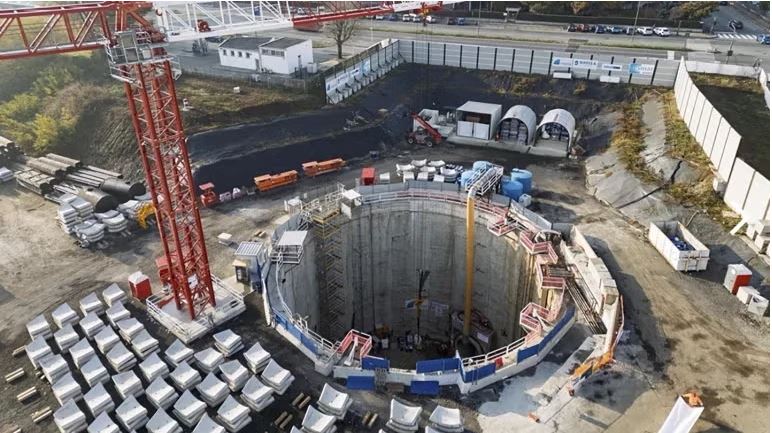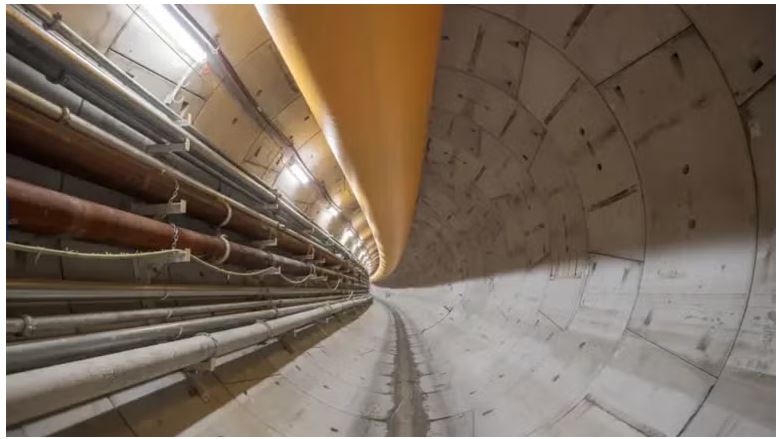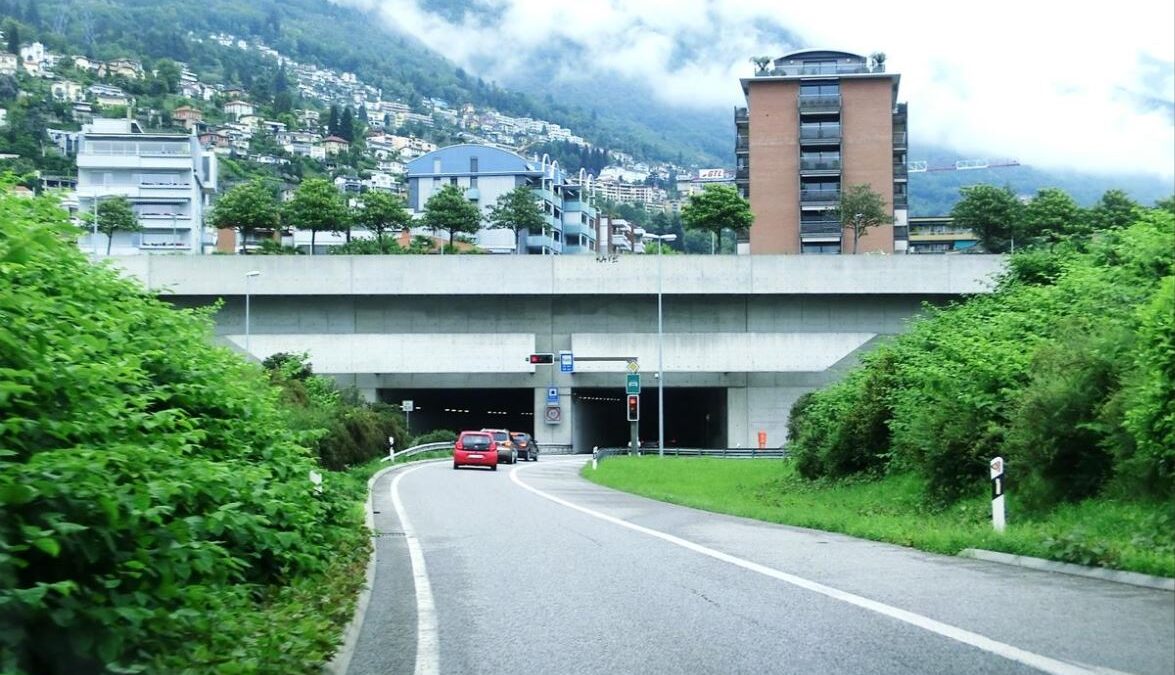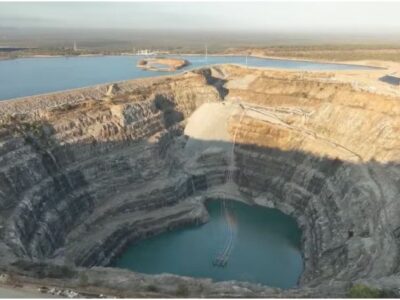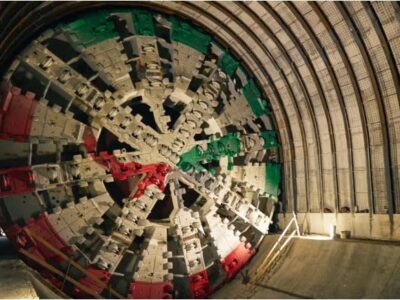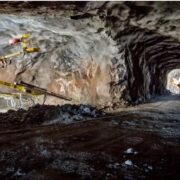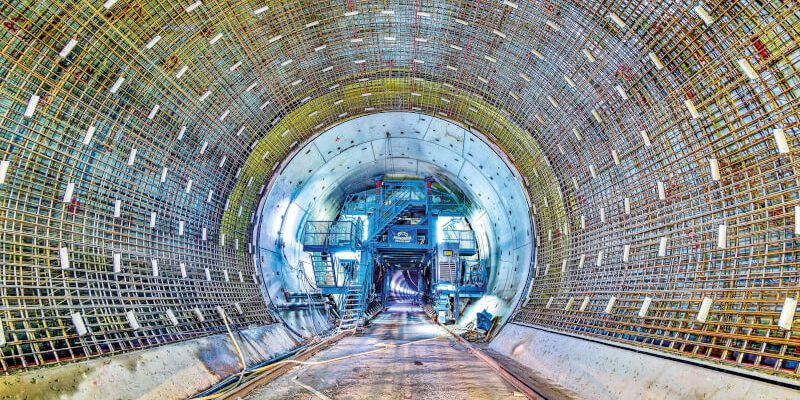
In order to progressing in the work with its cement-free construction material, Porr is seeking partners.
An annular gap mortar which replaces cement with granulated slag and is a waste product of steel manufacturing, was developed and used by Porr and German company MC-Bauchemie over the construction period of Filder Tunnel, that is a part of the Stuttgart 21 rail line and is 9.5km long.
According to Porr CEO Karl-Heinz Strauss: “The nature of the soil meant that a cement-based construction material would not have been suitable. This gave us the opportunity to use this brand new construction material.”
He also added: “8% of global greenhouse gas emissions come from cement production. This is why we are increasingly looking at new, innovative solutions. Also the Filder pilot project provided a template for future projects.”
“Apart from allowing us to contribute to reducing CO2, this construction material has two fundamental advantages: it is less sensitive to environmental factors than concrete containing cement; and it can be transported for long periods without any problems before it is processed as it needs an activator to fully harden,” Strauss said.
Considering patent of the new annular gap mortar, currently Porr is looking for more partners willing to work with the material.
Strauss asserted: “Clients are often very conservative in their tender conditions and demand a certain cement content. Work is still needed here to convince them.”
In order to assessing their suitability as binders in construction materials, including brick sand, Porr is also testing other recycled products. Although the annual quantity of recycled construction materials is 2.2 million tons by Porr, 1.7 million tons of them is used in place of primary raw materials.
Being stretched between Stuttgart and Ulm, the Filder Tunnel is the longest tunnel on this high-speed rail line. Porr was part of the Arge Atcost 21 joint venture with G Hinteregger & Söhne Baugesellschaft, Östu-Stettin Hoch- und Tiefbau GmbH, and Swietelsky Baugesellschaft.


